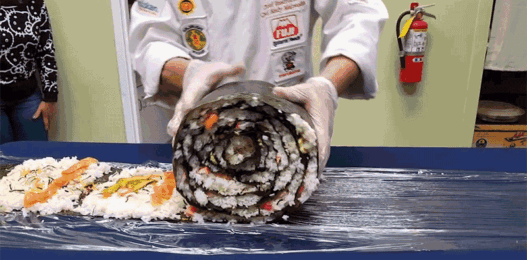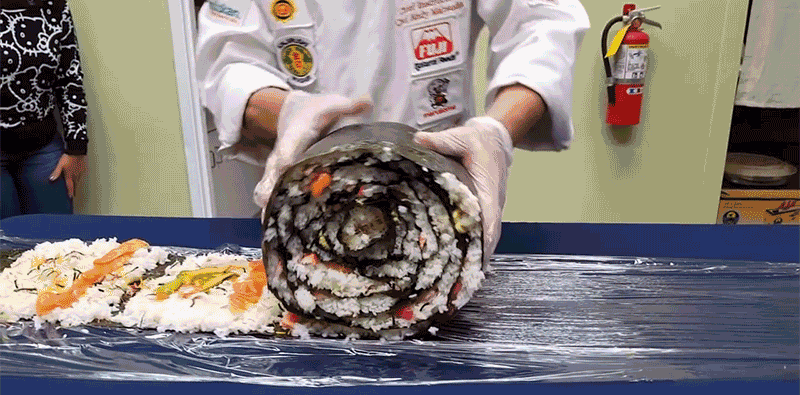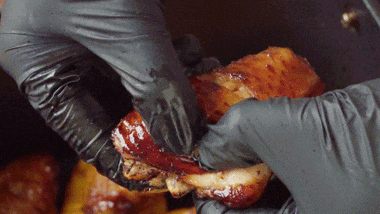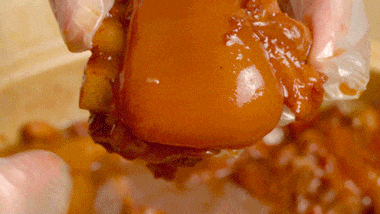The fascinating history of sushi begins not as gourmet cuisine, but as practical food preservation. This history of sushi reveals how Southeast Asian fishermen first developed fermented fish techniques that would evolve into Japan’s iconic dish.
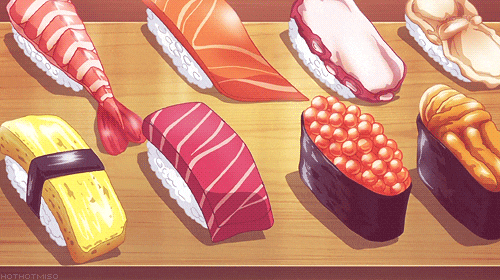
Ancient Japanese Method: Pungent “Narezushi”
After reaching Japan in the 8th century, the preservation technique evolved into “narezushi” – sushi’s earliest form. Freshwater fish fermented with rice for years until the rice turned to acidic paste (discarded), leaving intensely flavored fish. Shiga Prefecture still makes traditional “funazushi” this way.


Medieval Improvements
By the 12th century, “han-narezushi” emerged with shorter fermentation (weeks instead of years), making both fish and rice edible. Kyoto temples created “sabazushi,” using vinegar to speed up the process – a key step toward modern sushi. These innovations transformed sushi from preservation method to cuisine.
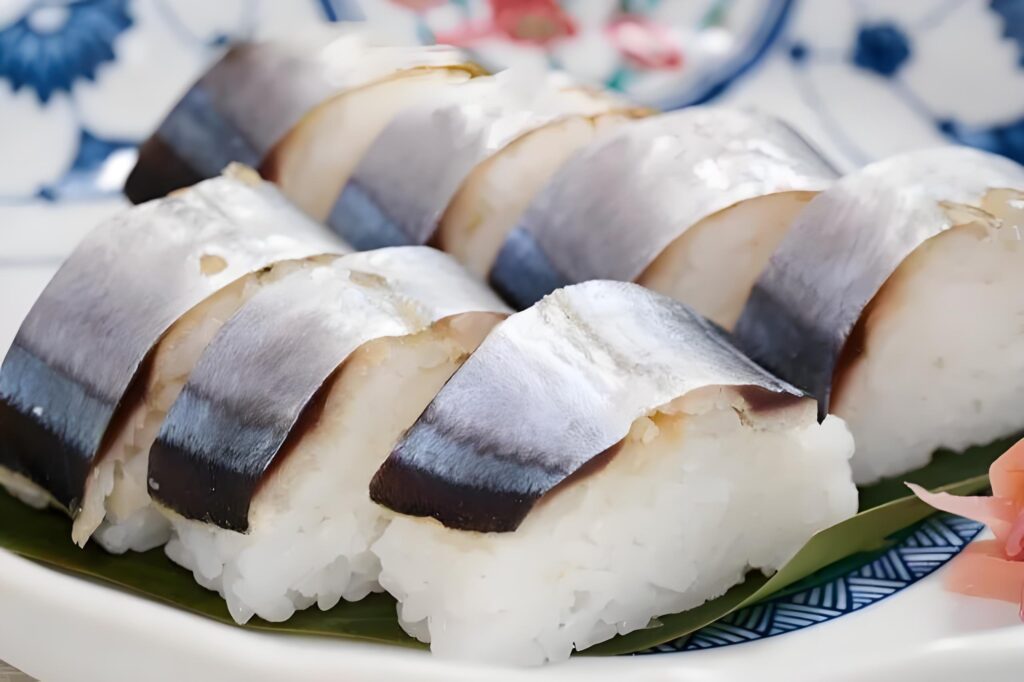
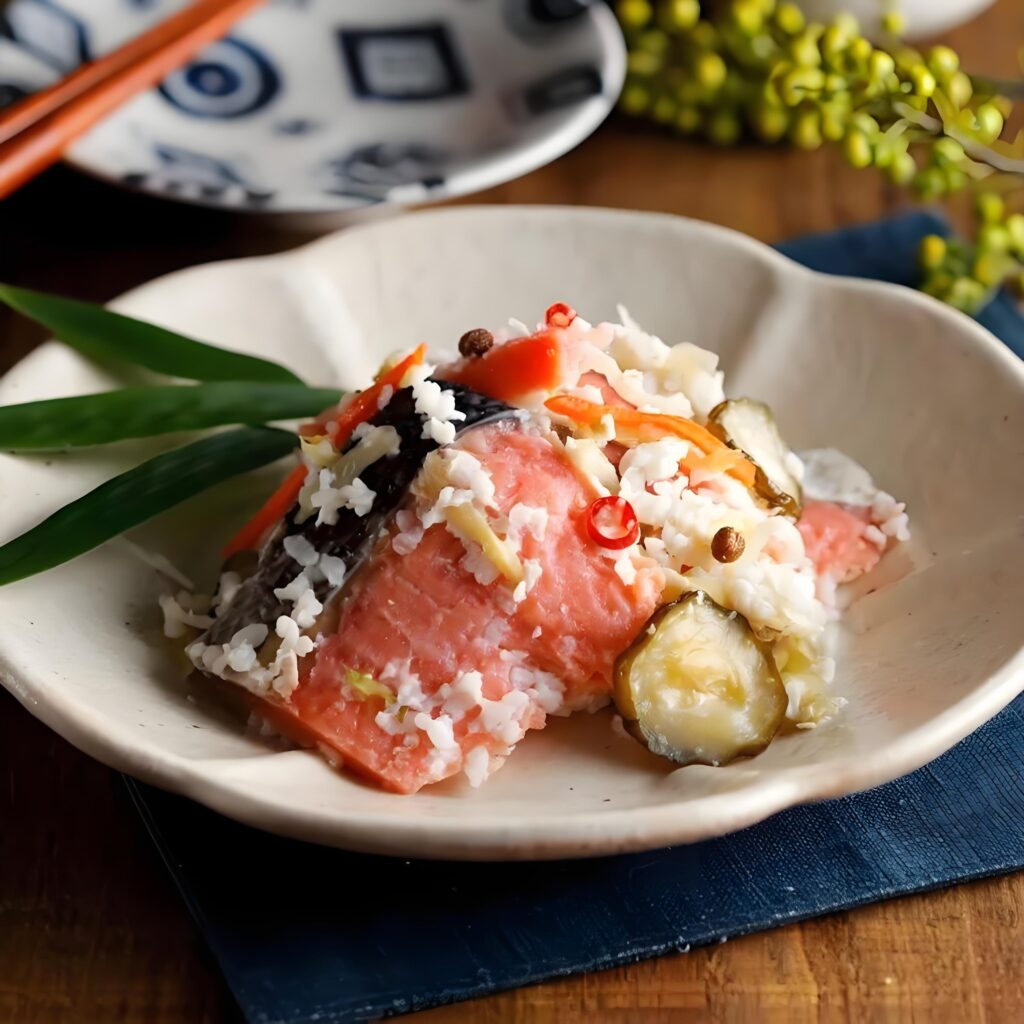
Edo Period Revolution
In 19th century Tokyo, street vendors created “nigirizushi” – hand-pressed vinegared rice with fresh fish. This quick-service style made sushi accessible to busy city dwellers, marking a major shift from fermented to fresh preparations.
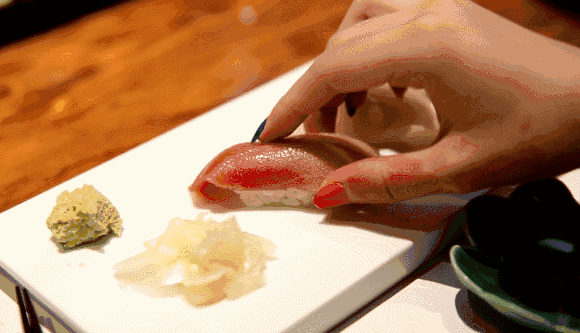
Modern Sushi Diversity
Today’s sushi blends tradition with innovation. Classic pressed and rolled styles remain popular alongside modern creations like California rolls. Since going global in the 1970s, sushi continues to evolve while maintaining its Japanese roots.
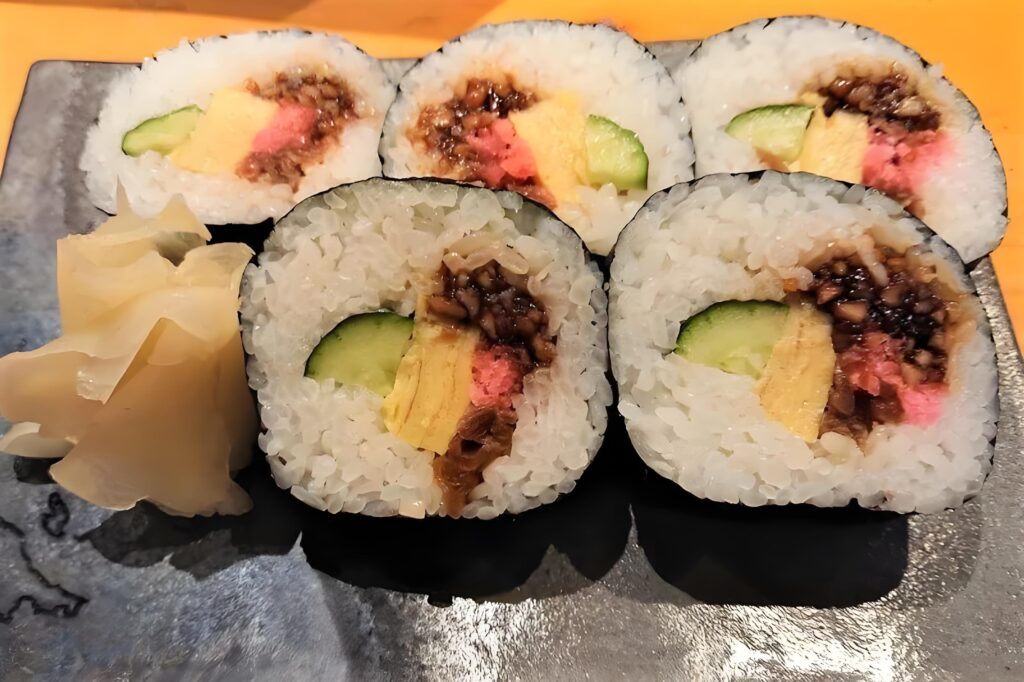
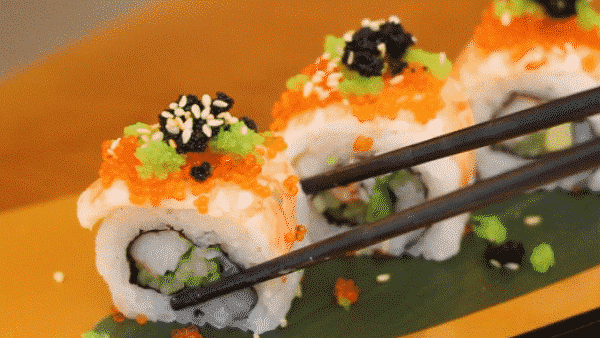
Technology Driving Change
Refrigeration enabled safer raw consumption, transport networks ensured freshness, rice cultivation produced stickier varieties, and industrial vinegar guaranteed consistent quality.
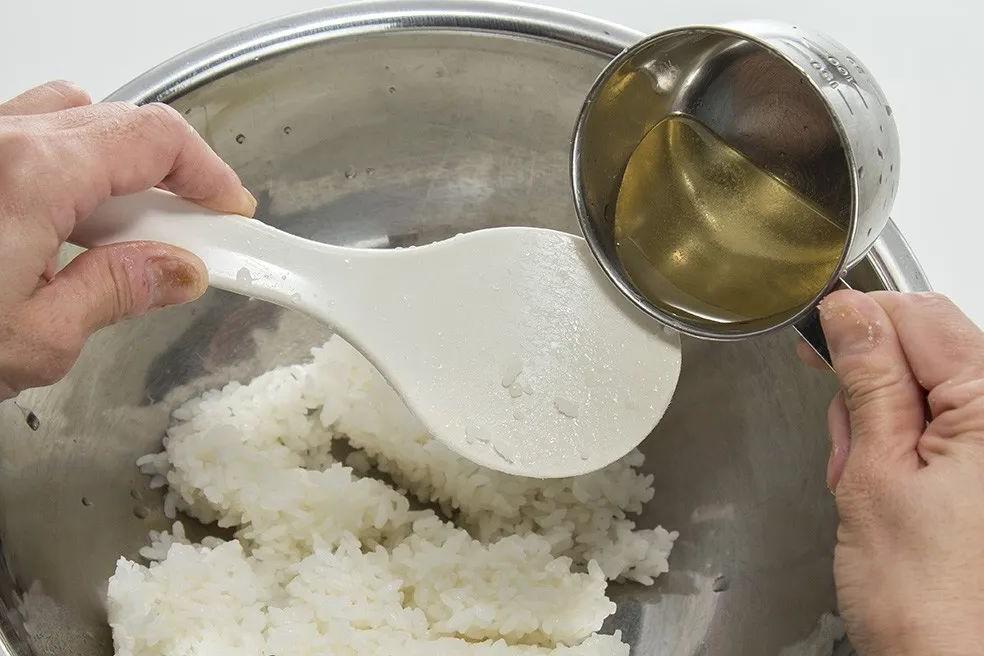
Living History Restaurants
For those seeking authentic tastes of sushi’s past, several establishments preserve these ancient techniques. In Shiga Prefecture, family-run shops continue making traditional “funazushi” with the same multi-year fermentation process. Kyoto’s temple restaurants serve “sabazushi” using medieval vinegar methods. Tokyo maintains Edo-era nigiri traditions, while Osaka specializes in pressed “oshizushi” – each offering a delicious bite of culinary history.
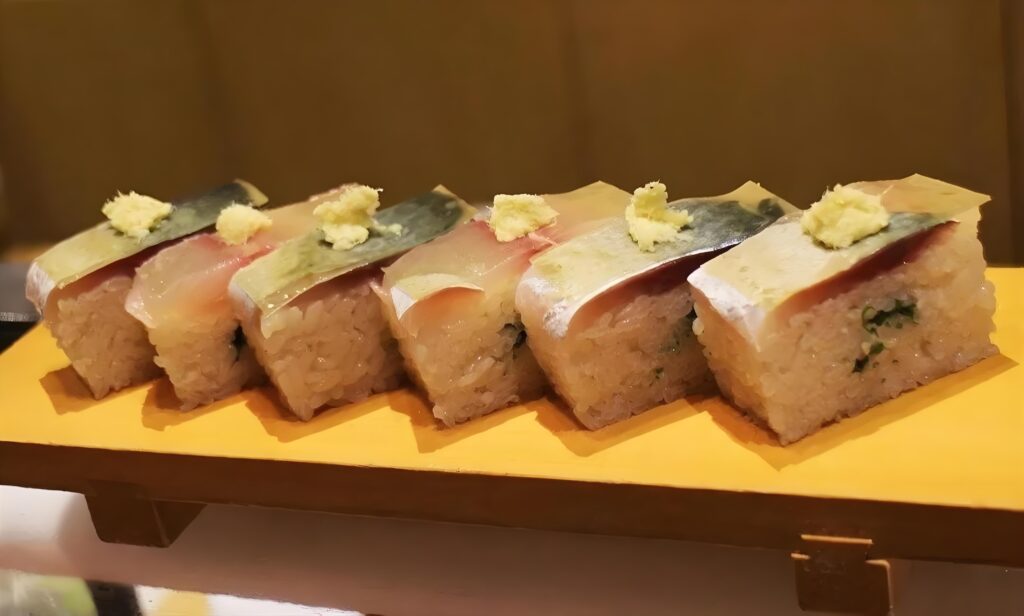
Globalized Sushi Journey
Sushi’s remarkable journey spans continents and centuries. What began as a simple Southeast Asian fish preservation method traveled through China before taking root in Japan. Over generations, it transformed from survival food to aristocratic delicacy to global phenomenon. Today, while maintaining its Japanese soul, sushi continues evolving – from sustainable seafood innovations to plant-based alternatives, proving this ancient cuisine remains vibrantly modern.







